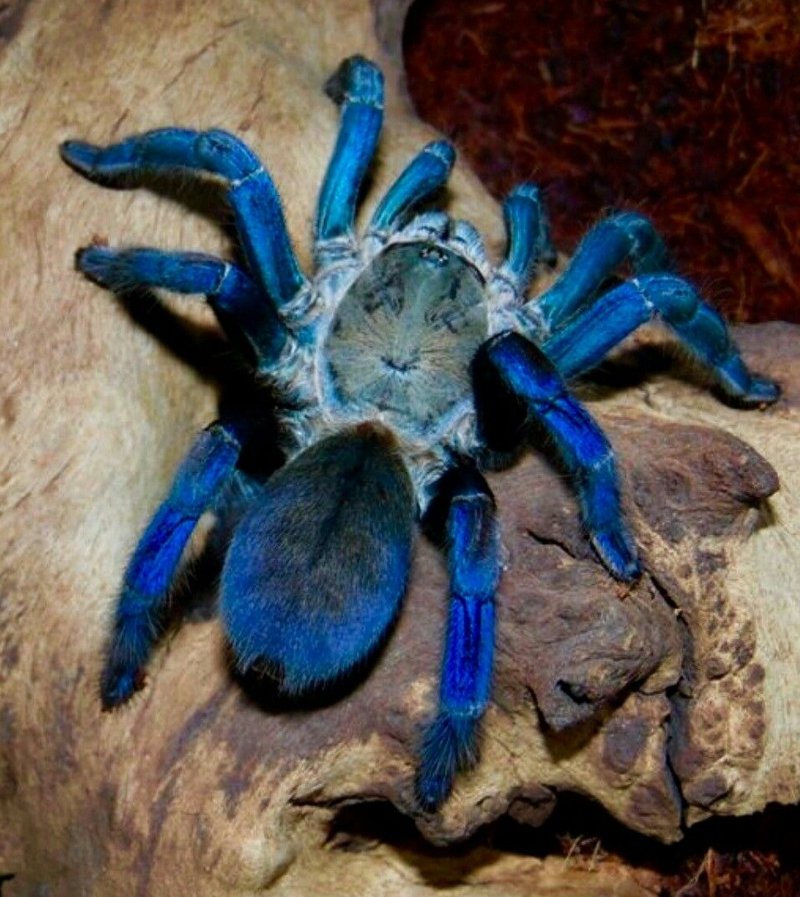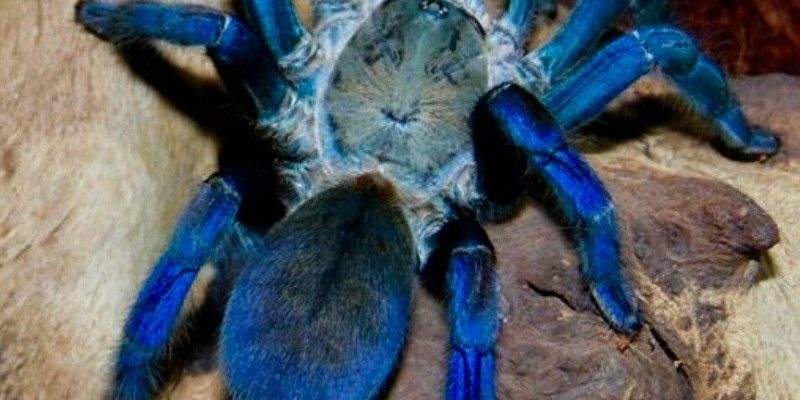
Cobalt Blue Tarantula Lifespan: What to Expect
The lifespan of a cobalt blue tarantula can vary quite a bit, depending on several factors, including care and environment. On average, these stunning spiders can live anywhere from 10 to 15 years in captivity. Yes, that’s right! If you keep one as a pet, you might find yourself caring for it for over a decade—a long commitment, especially for a creature that’s often overlooked.
You might be wondering what influences their longevity. Several elements come into play:
- Diet: Quality of food matters a lot. Feeding them a balanced diet of crickets, roaches, and other insects helps maintain their health.
- Habitat: A proper enclosure that mimics their natural habitat can reduce stress and promote longer life.
- Health Monitoring: Regular check-ups and monitoring for signs of disease can catch problems early.
In the wild, their lifespan might be shorter due to predators, environmental changes, and lack of food availability. But in captivity, with the right care, they can thrive and live long, happy lives.
Growth Stages of a Cobalt Blue Tarantula
As a cobalt blue tarantula grows, it goes through several stages known as molts. This process is essential for their growth, as they shed their exoskeleton to make way for a larger one. Each phase of growth reveals different characteristics, leading many enthusiasts to enjoy observing their tarantula’s transformation.
Most cobalt blue tarantulas start life as spiderlings, which are tiny and often have a more muted color. During this early phase, they can be incredibly delicate. Here’s a rough breakdown of their growth stages:
1. Spiderlings
When you first get a cobalt blue tarantula, it’s likely in the spiderling stage, measuring around 1-2 inches. During this phase, they can molt every 4-6 weeks, growing rapidly. It’s crucial to provide proper humidity and temperature, as young tarantulas are sensitive to their environment.
2. Juveniles
As they reach about 3-4 inches, they enter the juvenile phase. During this time, they might become more active and exhibit their beautiful blue coloration. It’s during the juvenile stage where you really get to see their personality shine. Just be cautious; they can be a bit more defensive at this stage.
3. Adults
Once they’ve reached maturity, typically around 5-6 inches, cobalt blue tarantulas can live for several years. Adult females tend to live longer than males, often reaching that impressive 15-year mark. They’re fully developed now, both in size and temperament, making them quite the spectacle.
Factors Influencing the Lifespan of Cobalt Blue Tarantulas
You might be surprised that the care you provide has a significant impact on how long your cobalt blue tarantula lives. Let’s take a look at some key factors:
1. Environment
Creating a suitable habitat is essential. They prefer a tropical environment, so maintaining the right humidity and temperature is vital. Aim for a temperature range of 75-80°F and humidity around 70%. Too much moisture or dryness can lead to health issues.
2. Diet
Feeding them a balanced diet is crucial for longevity. Live prey, like crickets and mealworms, should make up a bulk of their diet. Don’t forget to supplement with vitamins occasionally to ensure they get all the necessary nutrients.
3. Stress Levels
Stress can drastically shorten a tarantula’s lifespan. Keep handling to a minimum, especially when they’re young, and provide hiding spots in their enclosures. A well-structured habitat can significantly reduce stress and help them feel safe.
Common Health Issues and Their Impact on Lifespan
Even with the best care, cobalt blue tarantulas can face health challenges that might affect their lifespan. Here are some common issues to watch for:
- Molting Problems: They can struggle to shed old skin, leading to health complications. Ensure adequate humidity to facilitate successful molts.
- Parasitic Infections: If their diet isn’t balanced, they could develop parasites that can be harmful.
- Stress-Related Issues: Excessive handling or poor habitat conditions can lead to stress, which affects their overall health.
Knowing the signs of distress—like lack of appetite, lethargy, or not behaving as usual—is crucial. Quick action can sometimes save them and extend their lives.
In summary, caring for a cobalt blue tarantula can be an enriching experience. With proper attention to their needs—like habitat, diet, and health monitoring—you can help them live a long, vibrant life. They might just surprise you with their unique personalities and captivating colors.
Remember, while their average lifespan is around 10 to 15 years, the care you provide plays a significant role in achieving that goal. So, if you’re up for the challenge, a cobalt blue tarantula can be a beautiful companion for many years to come. Are you ready to embrace the world of these striking spiders?

